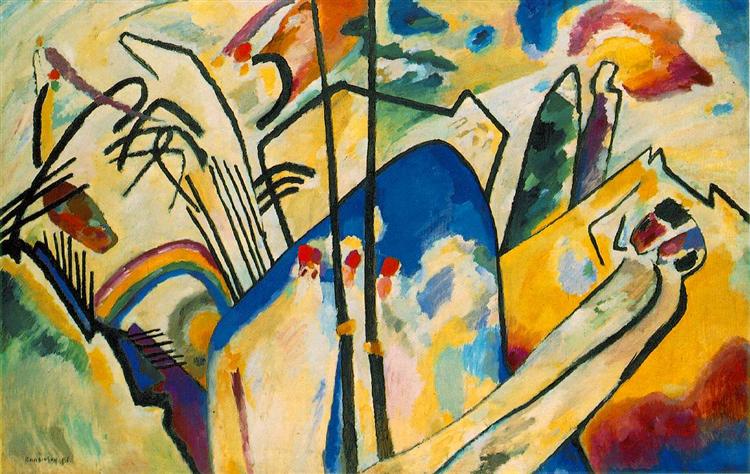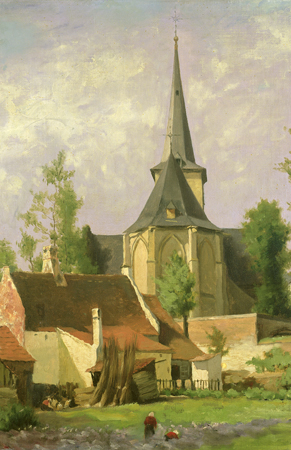Neoplasticism was a twentieth century Dutch artistic movement consisting primarily of artists and architects. Founded in 1917 in Amsterdam, it advanced abstraction, simplifying paintings to the bare essentials of form and colour; for example only primary colours and black and white would be used alongside squares, rectangles or straight horizontal and vertical lines. Cubist painting and Neopositivism influenced the movement and Dutch artist Piet Mondrian (1872–1944) outlined the principles of Neoplasticism in his essay ‘Neo-Plasticism in Pictoral Art’. The movement would start to influence architecture, interior design, fashion and famously the German art school Staatliches Bauhaus, commonly known as Bauhaus.
Visual & Decorative Arts Blog
Topics: Piet Mondrian, Art Movements, neoplasticism, bauhaus
In our previous blog on Mondrian, we learned about his early life and influences. We started exploring the path Mondrian took to get from strict Dutch traditional Impressionism to the abstract work we now know him for. If you missed our first instalment, check it out here.
Topics: Masterpieces of Art, Piet Mondrian
Piet Mondrian is best known for his abstract work. His grid-like art represents the harmony of the universe through simple empty space and black lines. Mondrian's work was crucial to the development of modern art and even had a massive impact on architecture, furniture and popular culture. In his early years as an artist, however, he created traditional pieces and even rejected modern art. So how, then, did Mondrian become the artist as we know him today? We are going to look at his early influences and development as an artist to find out.
Topics: Masterpieces of Art, Piet Mondrian






